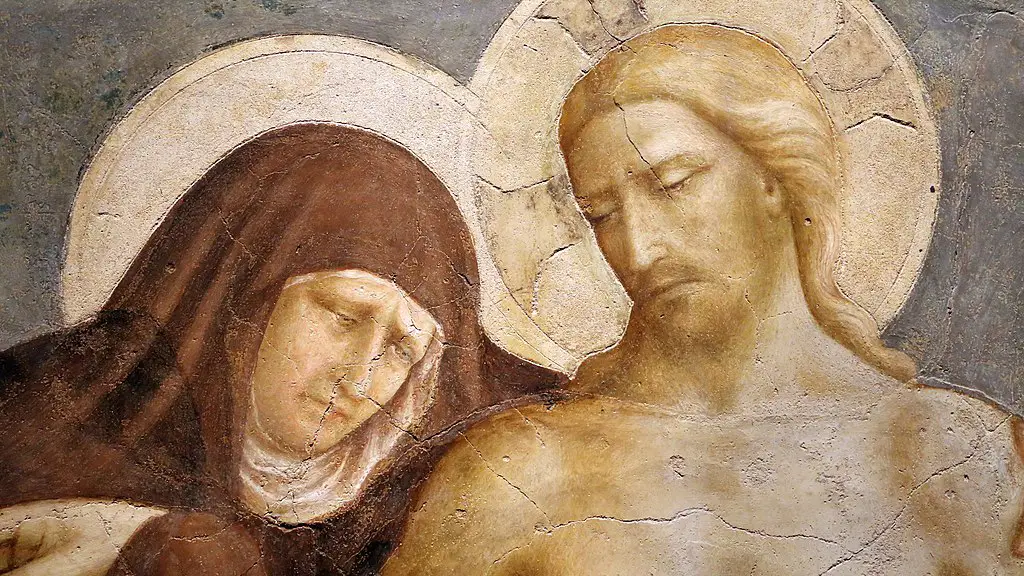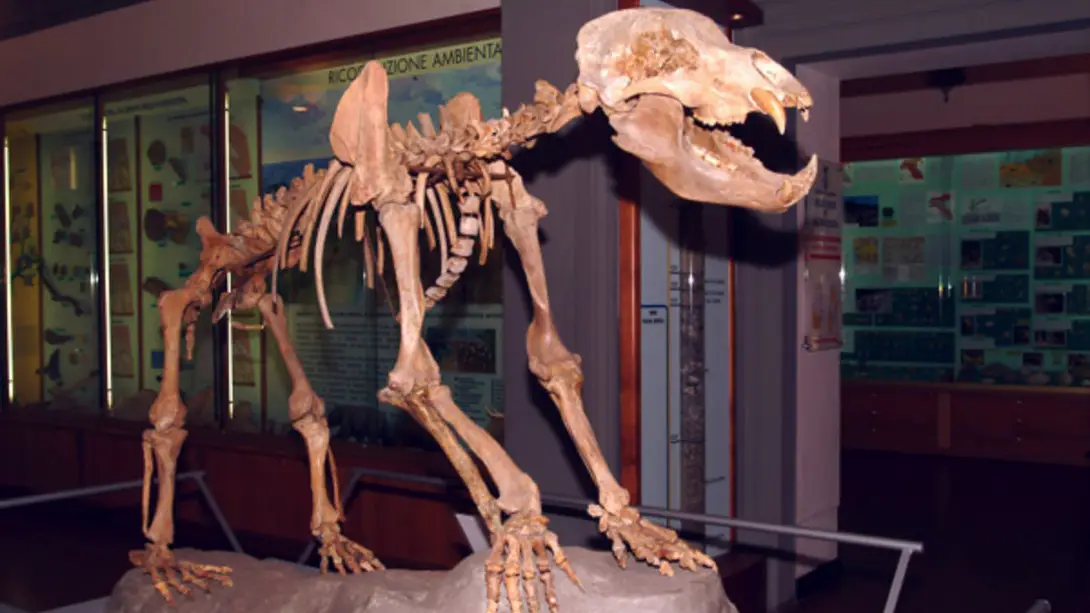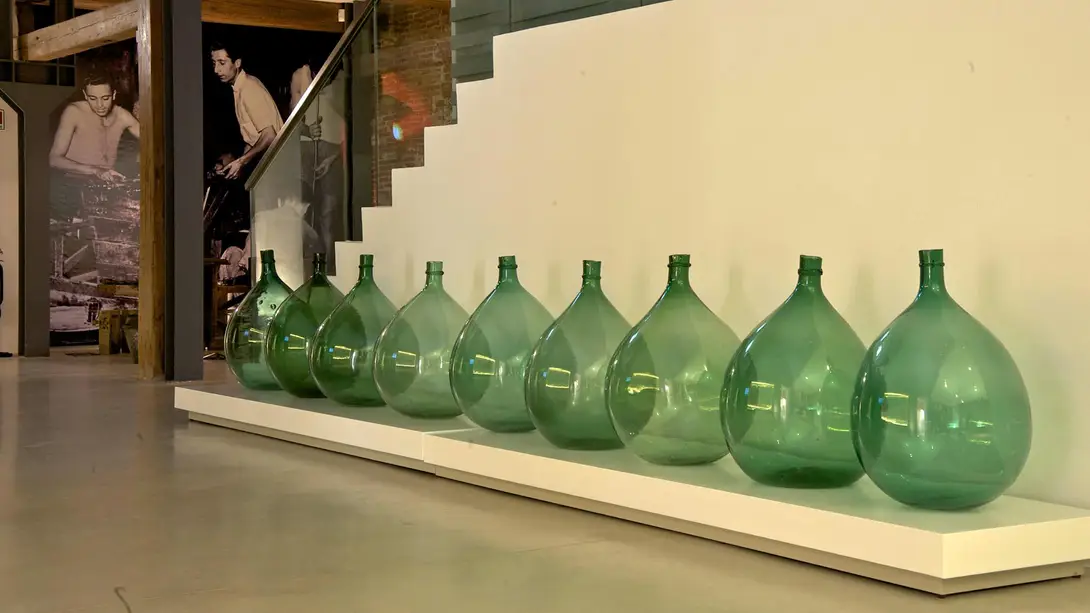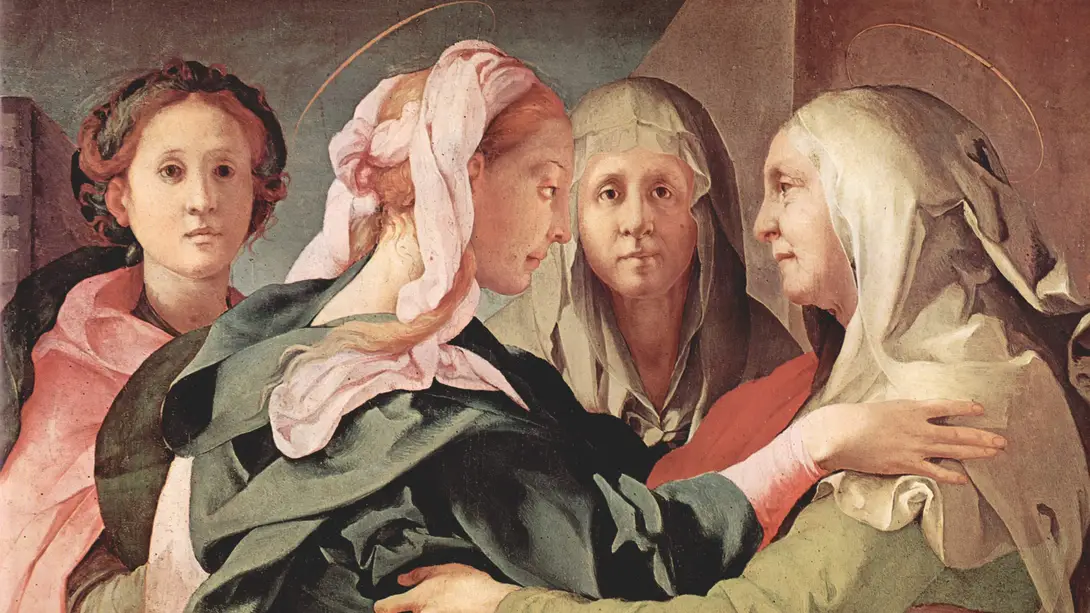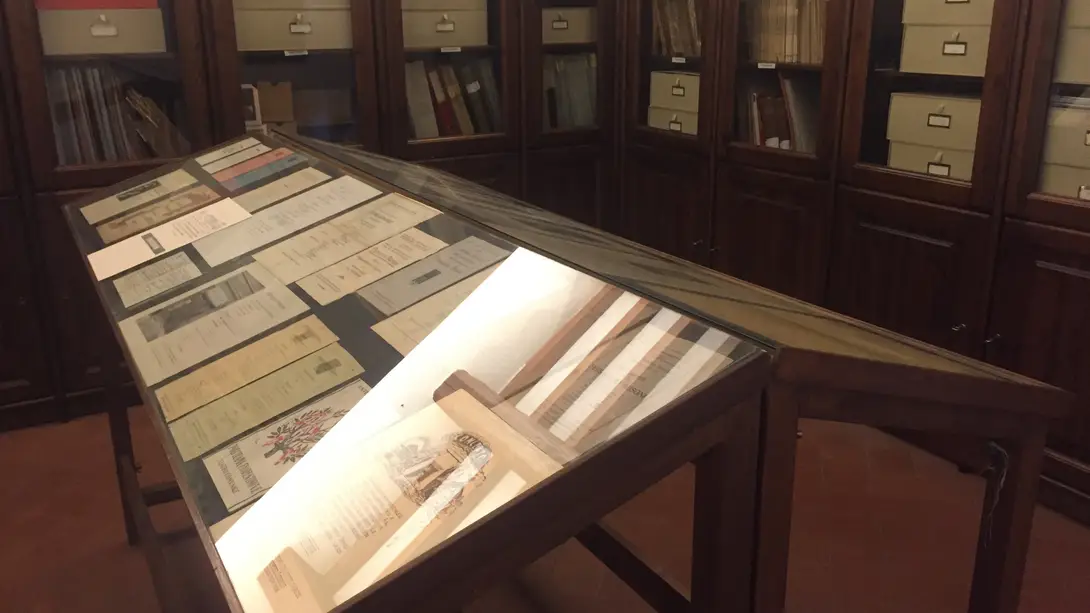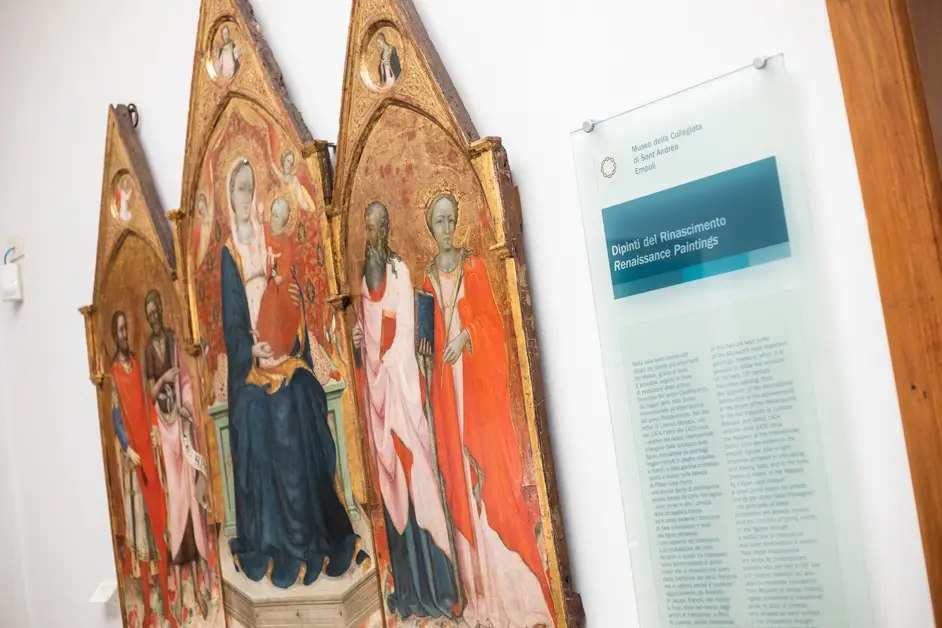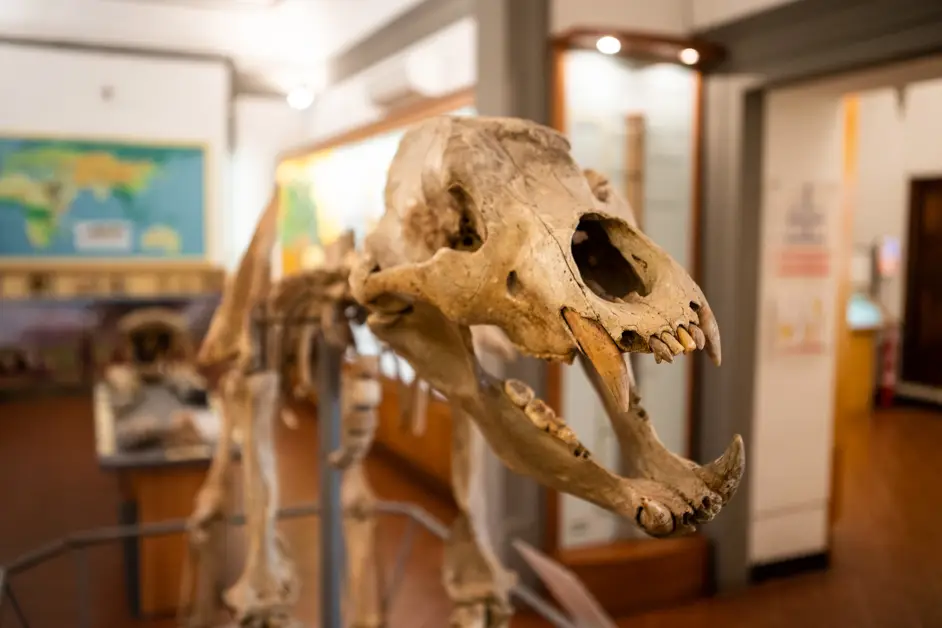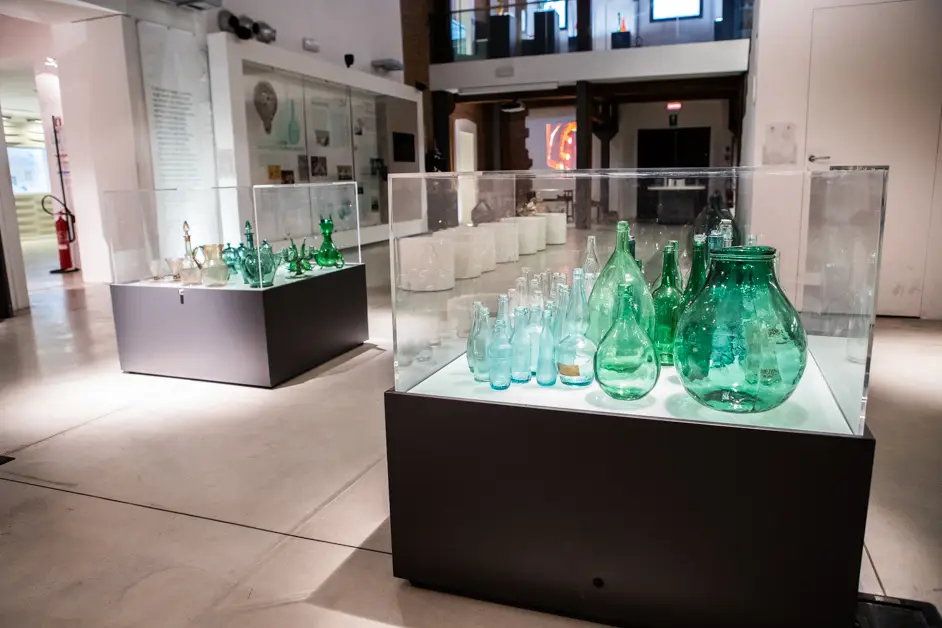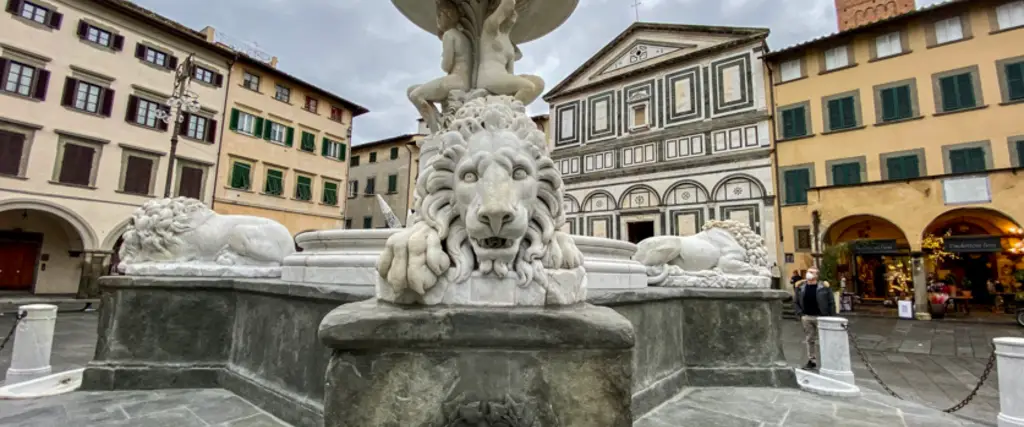
An afternoon in Empoli
If you are tired of the usual tourist destinations and you are looking for something different to visit, we suggest you to spend an afternoon in Empoli: a place that will surely amaze you with its rich cultural offering.
Empoli is located about 30 Km from Florence and is easily reached both by car, driving along the FI-PI-LI motorway, and by public transportation, catching one of the frequent trains that connect Florence with Pisa and Siena. It is exactly because of its central position among these important Tuscan cities that Empoli has long been a crossroads for trade and commerce.
Empoli's old town, just a fews steps away from the train station, developed during the Middle Ages around Farinata degli Uberti square, also called ‘dei Leoni’ because of the lions that stand on the corners of the Naiadi fountain that was made in 1828 right in the middle of the square. Here lie some of the city's oldest buildings, such as the wonderful Collegiata di Sant'Andrea dating back to the 11th century. The elegant facade decorated with white and green marble, is the only example of Florentine Romanesque style to be seen outside the Florence walls. The inside of the church has undergone several transformations over the centuries: among the most recent works is the one by the Empoli painters Sineo Gemignani and Virgilio Carmignani who, after the First World War, restored the frescoes of the central nave that were destroyed by the collapse of the bell tower.
Many of the art works that used to be housed in this and in other churches in Empoli, are now displayed in the neighbouring Museo della Collegiata diSant’Andrea. Founded in 1859, the museum collects masterpieces made between the 13th and 17th century: displayed in the first two rooms are the sculptures, such as the 15th century baptismal font attributed to Bernardo Rossellino, and the detached frescoes, such as the extraordinary Cristo inPietà by Masolino, while on the upper floor lies the picture gallery where the panels by Lorenzo Monaco and Filippo Lippi and the monumental tabernacles made by the Botticini stand out. The visit ends with the refined glazed terracottas of the Della Robbia workshop, on display in the loggia overlooking the cloister.
Coming out of the museum, on the other side of the square, you find the Museo Civico di Paleontologia which displays hundreds of fossils, rocks and relics, complete with information boards and dioramas telling the history of our planet over the last two billions of years. A perfect place to visit with kids!
Walking through the streets of the centre, among elegant shops and traditional businesses, you reach the Magazzino del Sale that used to store the priceless salt coming from Volterra's salt mines, later to be distributed through the nearby fluvial port on the Arno river. Today the building hosts the MUVE Museo del Vetro di Empoli, where by wandering among artefacts and everyday objects, you trace the history of Empoli's glass production, an economically crucial industry for the small city, at least until the 1980s.
Finally, a little known fact is that Empoli was the birthplace of two great artists: Jacopo Carucci, called Pontormo (1494-1557), a very great and tortured artist who was an exponent of the ‘modern manner’, whose panels portraying Saint John the Evangelist and Saint Michael the Archangel can be admired in the San Michele a Pontorme church in Empoli, and FerruccioBusoni (1866-1924), a sublime pianist and composer, whose fame has gone beyond national borders. Their houses are now museums where you can discover their works, their lives and the most intimate world of these great persons.
In fact, Empoli is really worth a visit... and maybe just one afternoon might not be enough!
Comune di Empoli
The places
Stages
Museum of the Collegiate Church of Sant'Andrea
Most of the works hosted in this museum come from the adjoining Collegiate Church of San Andrea; the church was built in 1093, while the façade was probably added during the 12th century, following the typical Florentine Romanesque style(geometrical compositions of white and green marble).
The museum houses works by masters of the 14th and 15th centuries, such as the “Christ in Pietà” fresco by Masolino, the baptismal font and the “Annunciation” by Bernardo Rossellino, the “Christ in Majesty” by Filippo Lippi and the “Saints” by Pontormo. In the cloister it is possible to admire Della Robbia’s majolica.
Civic museum of paleontology
The Museum occupies part of the Palazzo Ghibellino, which stands on Piazza Farinata degli Uberti, the heart of Empoli city center. Palazzo Ghibellino faces the Collegiate Church of Sant'Andrea and is so called because in 1260 the Ghibelline winners met to decide the fate of theGuelph Florence, won on the battlefield.
The museum is divided into six thematic itineraries that document the birth and history of the earth through a collection of fossils and rocks, various models and dioramas, one of which reconstructs the struggle between two dinosaurs; the cave bear skeleton is accompanied by a diorama with a scene of bear hunting by the Neanderthal man.
MUVE - Empoli Museum of Glass
The chosen venue for the museum is the Magazzino del Sale, an historical venue which had been used to stock salt from Volterra’s salines from 1365 up until the end of the 19th century. Empoli was a glass-manufacturing site already in the 15th century, but production was given a boost in the 18th century. Manufactured products consisted in everyday objects, bottles, flasks, carboys and glass items used for dining.
The Museum’s ground floor showcases this part of the production range and its technical development over time. Empoli’s green glass also went hand in hand with the manufacturing of decorative items, reaching its peak in the 1930s, when its dinner sets and decorative items became very popular. The first floor of the Museum hosts a collection of this part of the glass production and also features a multimedia area, as well as photographic exhibitions on the actual stages of glass manufacturing and the workforce involved.
Casa del Pontormo
Jacopo Carucci called "The Pontormo" (1494 - 1556) was one of the most famous mannerist painter. He was born in a three floor Medieval building where objects and works of art are on display, showing us the master's artistic expression. For example, duplicates ofthe drawings done in preparation of the paintings for the altarpiece of the nearby San Michele Church and archaeological findings from the excavations carried during the renovation of the building. In it, an International Center for Studies on the XVI century Art in Tuscany.
Casa Museo Ferruccio Busoni
Ferruccio Busoni (1866-1924) was a well-known composer and pianist of the XX° century. He is the author of operas, texts for orchestras, piano and Lied singer.
His XVIII century's house hosts a Center for Busonian Studies and a museum where manuscripts, original librettos, photos and some objects like his piano are displayed.
